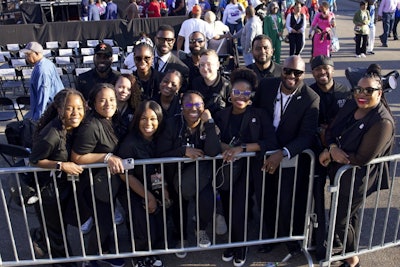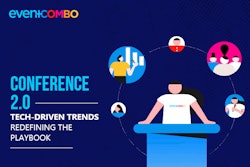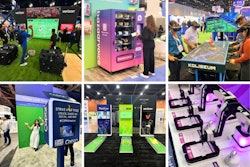
Are your events leaving a lasting impression, or do they fall short of the mark?
Clients today demand more than well-organized events; they seek immersive brand experiences that resonate on every level, from the first touchpoint to the final farewell. But what does "full-service" truly mean in the context of modern event planning?
It's more than coordinating logistics and managing attendees—it's about weaving together marketing strategies and creative vision to create an event that tells a persuasive story, reflects the brand's identity, and engages audiences in a meaningful and memorable way. Purposeful engagement is key, driving greater ROI by reaching new audiences, improving the sentiment of existing ones, and strengthening the overall brand narrative. The challenge lies in integrating these elements seamlessly to craft an experience that feels cohesive and powerful.
The Power of Integration
Achieving a full-service event requires an integrated approach where marketing, creative, and events teams collaborate closely with one another from the beginning. This seamless collaboration ensures that every element is aligned with the brand's vision and goals. By working together and avoiding the pitfalls of fragmented execution, this approach delivers an impactful and unified experience.Seamless Collaboration
The process starts with a clear understanding of the brand's objectives. Marketing teams provide the strategic framework, outlining key messages and audience insights. Creative teams develop engaging visuals and interactive elements based on this framework. Events teams then bring it all together, ensuring that every aspect is seamlessly integrated into the event experience.The Benefits of an Integrated Approach
Consistency: Aligns messaging and design elements to create a cohesive and memorable event.
Efficiency: Streamlines communication and decision-making, reducing potential delays and errors.
Creativity: Encourages collaboration and innovation, leading to unique and engaging event concepts.
Flexibility: Allows for quick adjustments, ensuring the event evolves smoothly without disruptions.
Cost-Effectiveness: Centralizes planning to avoid redundancies, ensuring efficient use of budget.
ABCD & Company: A Case in Point
ABCD & Company has embraced and excelled in this integrated approach. As the largest Black-owned, Woman-owned, and HBCU-led full-service marketing and events transformation agency with a global reach, ABCD offers a clear example of how integrating marketing and creative services can enhance event planning.Celebrating 10 years in business, ABCD combines marketing and advertising, digital solutions, events, and creative services into a cohesive strategy. This approach was exemplified in their production of the National Minority Supplier Development Council's (NMSDC) Annual Conference & Exchange, where ABCD's integrated model allowed for seamless execution across all event elements. By managing everything in-house, ABCD minimizes the risks associated with working with third parties, ensuring a consistent and engaging event experience.



















